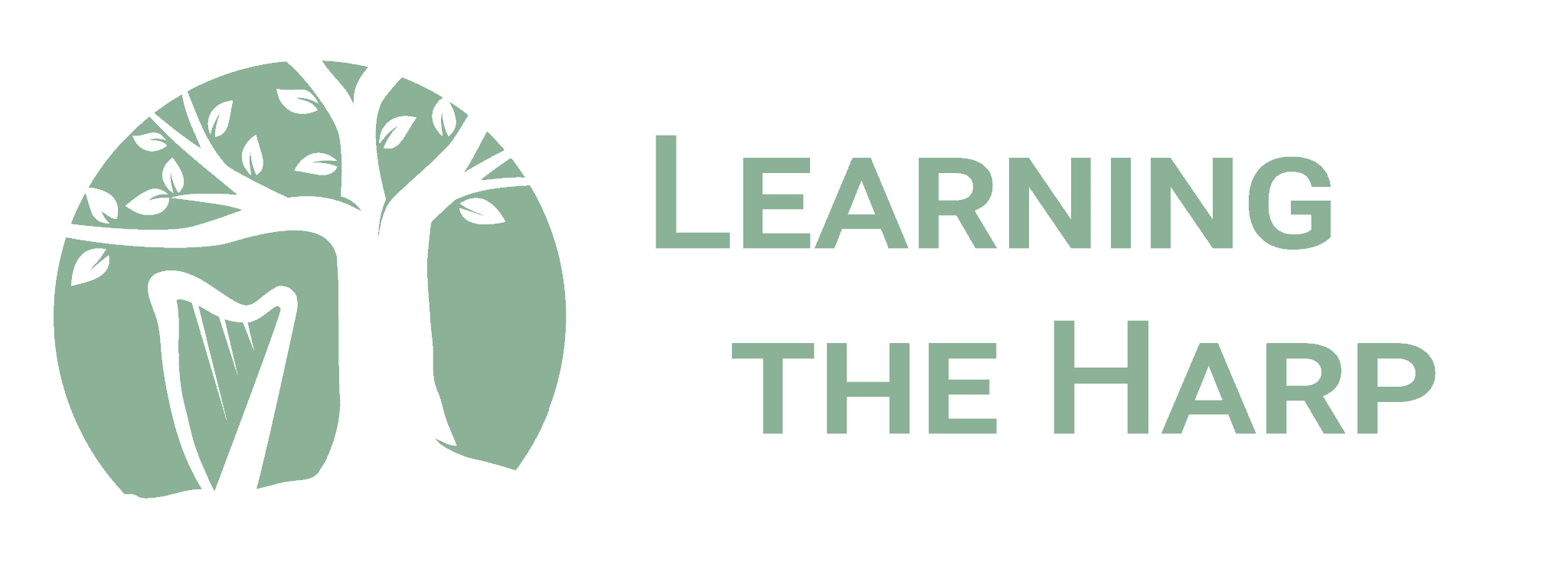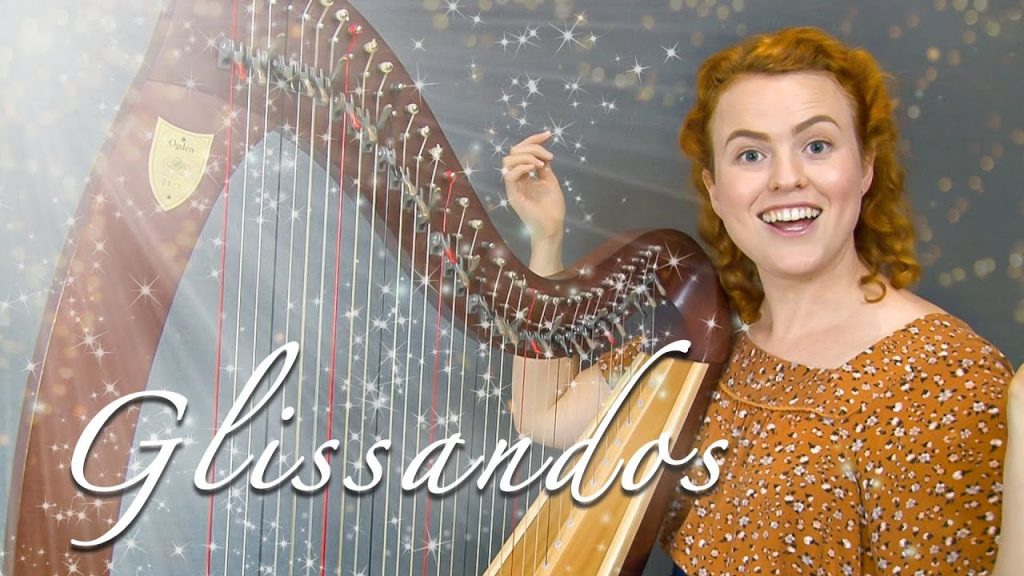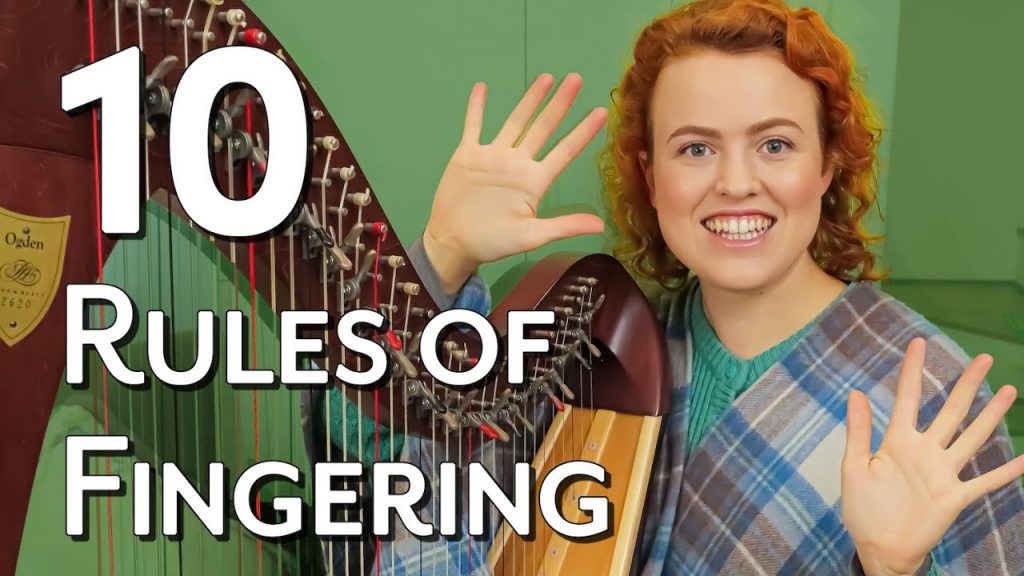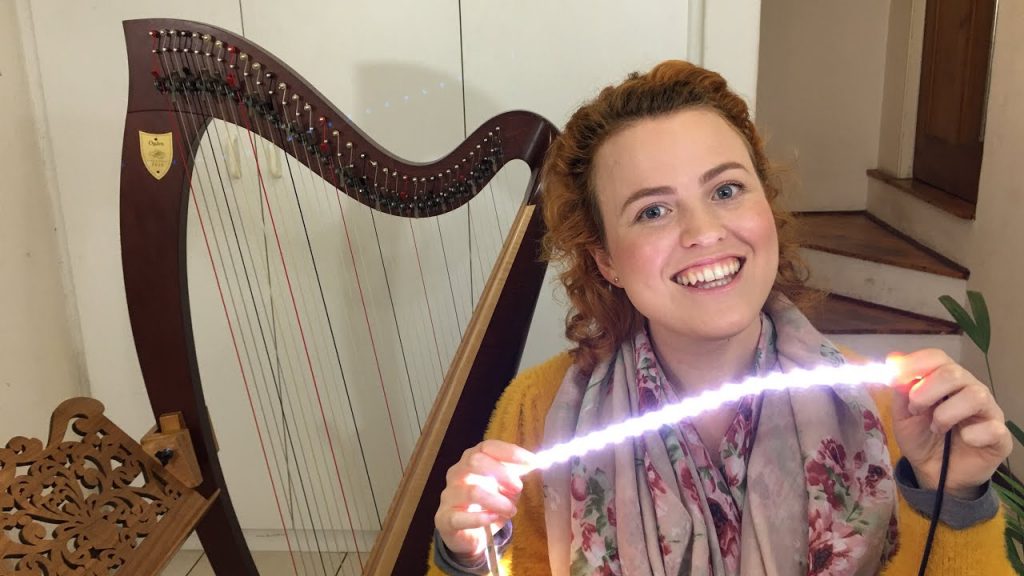Improvising on the Harp: 2 EASY Ideas!
In today’s video, I am going to share two ideas that will make improvising feel fail-proof!
Many harp players seem to think that improvising is something only really talented people can do. But when you’re improvising, you don’t need to pull ideas from the air! You can learn simple patterns and put them in a different orders to create something unique in the moment.
So today I’m going to bring improvising down to earth by giving you specific ideas that will show you that it’s not as overwhelming as you might think it to be!
Both ideas are interesting modes that aren’t just the normal major scale. The reason for this is because if we start with an interesting sound, we can do really simple things and it still sounds fancy!
Dorian Mode
The first idea is using the Dorian mode to improvise. Don’t worry, you don’t have to understand what that means! You can just play what I say, and you’ll be playing in the Dorian Mode without even knowing what that is.
We are going to play fifths in the left hand and then choose some arpeggio notes in the right hand.
- On beat 1, play the left hand. We’ll go between a D and C chord, playing notes 1 and 5 of the scale.
- D chord: 3rd finger on D and thumb on A.
- C chord: 3rd finger on C and thumb on G.
- On beats 2, 3 and 4, the right hand plays any of the arpeggio notes of the chord that the left hand is playing.
- D chord: the right hand can play D, F or A
- C chord: play any of the notes C, E, or G in the right hand!
You can get really creative with the notes you choose! You can also play the notes at any speed you like.
The reason we choose arpeggio notes with the right hand is because it is always going to work with what we’re doing in the left hand. That means we aren’t going to have any problems with clashing sounds.
We want to be able to play these notes confidently, and this is an easy way to do that!
Pentatonic Mode
For this mode, the left hand will do a repeating pattern and the right hand will play any of the white strings.
- With the left hand, we will go between E and D chords, playing them as an arpeggio from the bottom to the top.
- E arpeggio: fingers 4, 2 & 1 on E, B & E.
- D arpeggio: fingers 4, 2 & 1 on D, A & D.
- In the right hand, play any of the white strings.
- You can play them in any order you like, up or down. Have fun with the right hand, as long as you play the white strings only!
- The right hand doesn’t have to wait until the left hand is finished playing – they can both play at the same time.
- Keep the left hand constant, but experiment with playing different rhythms with the right hand.
The reason this idea sounds good is because we’ve taken out the F’s and C’s, and we are only playing the white strings in the Pentatonic Scale. That means no matter what you play, it will always sound good with the chords that you are playing in the left hand!
So next time you are at your harp I want you to give this a try! See what you can do with the Dorian and Pentatonic Modes by copying the patterns that I’ve shown you and it’s going to sound great.
I want you to approach this with an experimenting attitude, it’s not a right or wrong – Just go for it!
If you would like to learn more about improvising or playing from chords, let me know in the comments below and I might make a course about this!
Have Fun 🙂







Comments